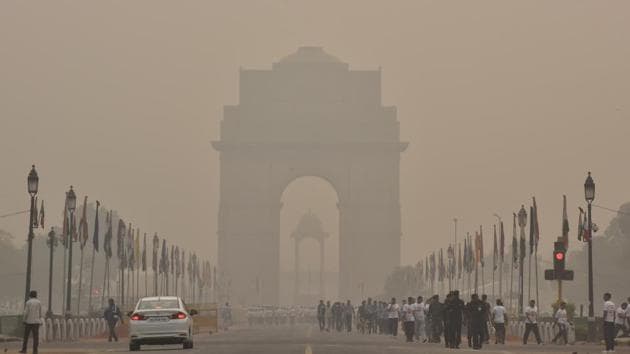Carbon dioxide levels hit record high in 2016: Here’s what it means for India
Carbon dioxide is the primary greenhouse gas that leads to global warming and climate change. India has experienced increasing frequency and intensity of heat waves as a result.
Even as global carbon dioxide levels hit their highest levels in 800,000 years in 2016, according to the World Meteorological Organization (WMO), a new Lancet report captured what that means for India.

Greenhouse gases like carbon dioxide lead to global warming by trapping heat in the earth’s atmosphere, which is linked to not just rising average temperatures but more intense heat waves. The ‘The Lancet Countdown: Tracking Progress on Health and Climate Change’ report published Tuesday found that in India there were 125 million additional exposure events to fatal heat waves since 2000.
The average length of heatwaves in India has increased by 0.8 days on average between 2000-16 compared to 1986- 2008. Elderly people are disproportionately impacted with 31 million more elderly people above the age of 65 years exposed to heat waves in the same period.
The report found that exposure to heat waves in India has risen significantly since 2014. In 2015 the largest number of heat-related fatalities were reported (2081), more than any other disaster, National Disaster Management Authority official said.

A heat wave occurs when abnormally high temperatures persist. Exposure to the heat is linked to a rise in cardiovascular and respiratory problems. “While most of the evidence is from North America and Europe, there is an emerging body of evidence from developing countries, including India, where heat wave deaths may currently be underestimated,” a study from India published this March found.
Dileep Mavalankar, from the Public Health Foundation of India, one of the authors of the study explained that their research from Ahmedabad showed that deaths could be reduced if proper action plan is in place.
The heat wave action plan implemented in the city is now being replicated in other cities in India but the progress is slow, he said.
“The reported deaths are only the tip of the iceberg, most deaths happen in elderly and newborns,” Mavalankar said, “the heat makes their existing medical conditions worse, so people don’t attribute the death to heat.”
There is no centralised authority that captures deaths from environmental factors.
Even if heat waves do not result in deaths they do hamper people’s ability to work. Labour productivity in India decreased by 2.85% on average between 2000 and 2016, according to the Lancet report. The fall has become steeper in the past three years. In 2016, 418,000 people were effectively removed from the rural work force because of inability to undertake outdoor physical labour due to heat and humidity conditions.
The same year, 797 events amounted to $129 billion in economic losses globally, but almost all of the losses were borne by low-income countries.





